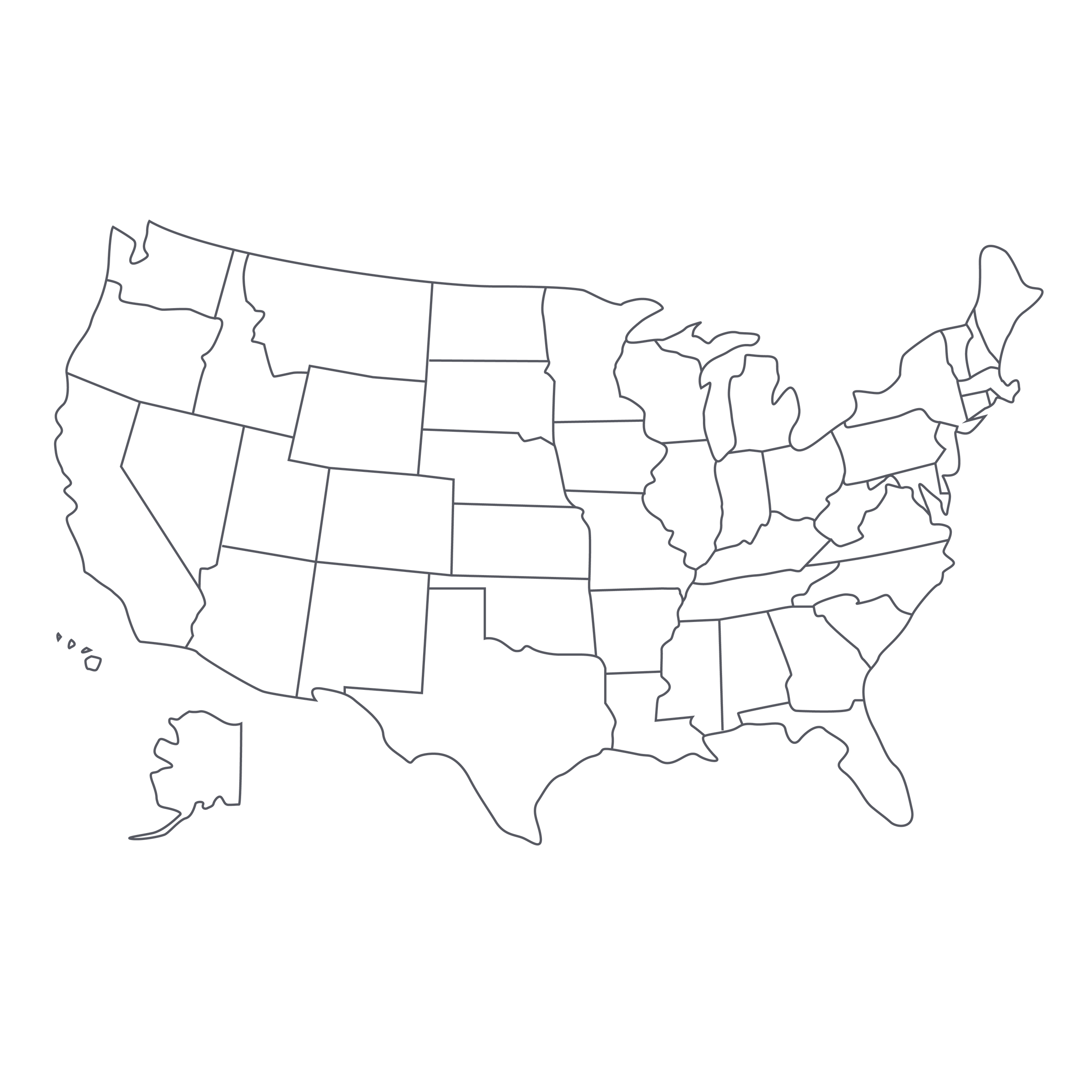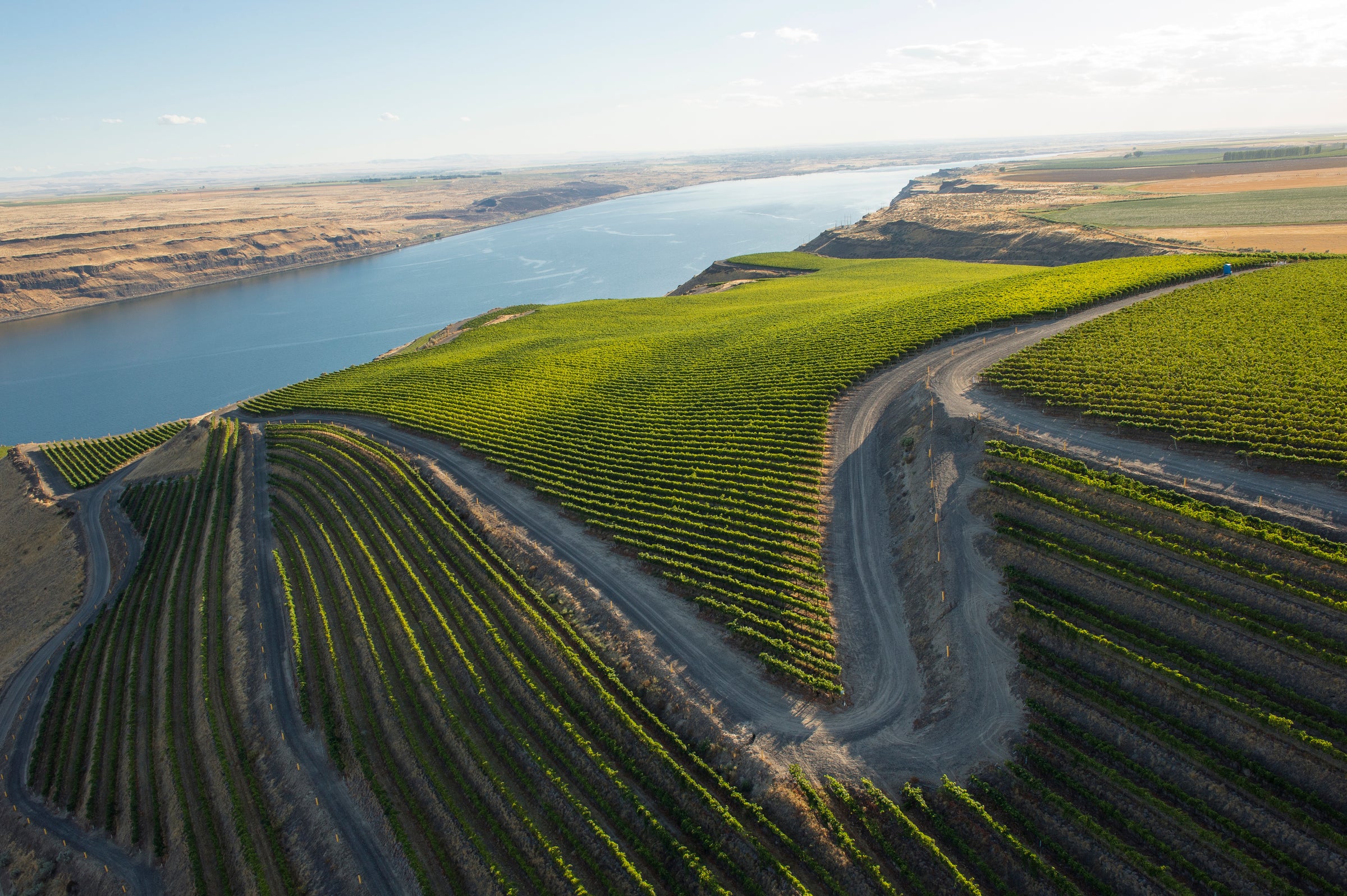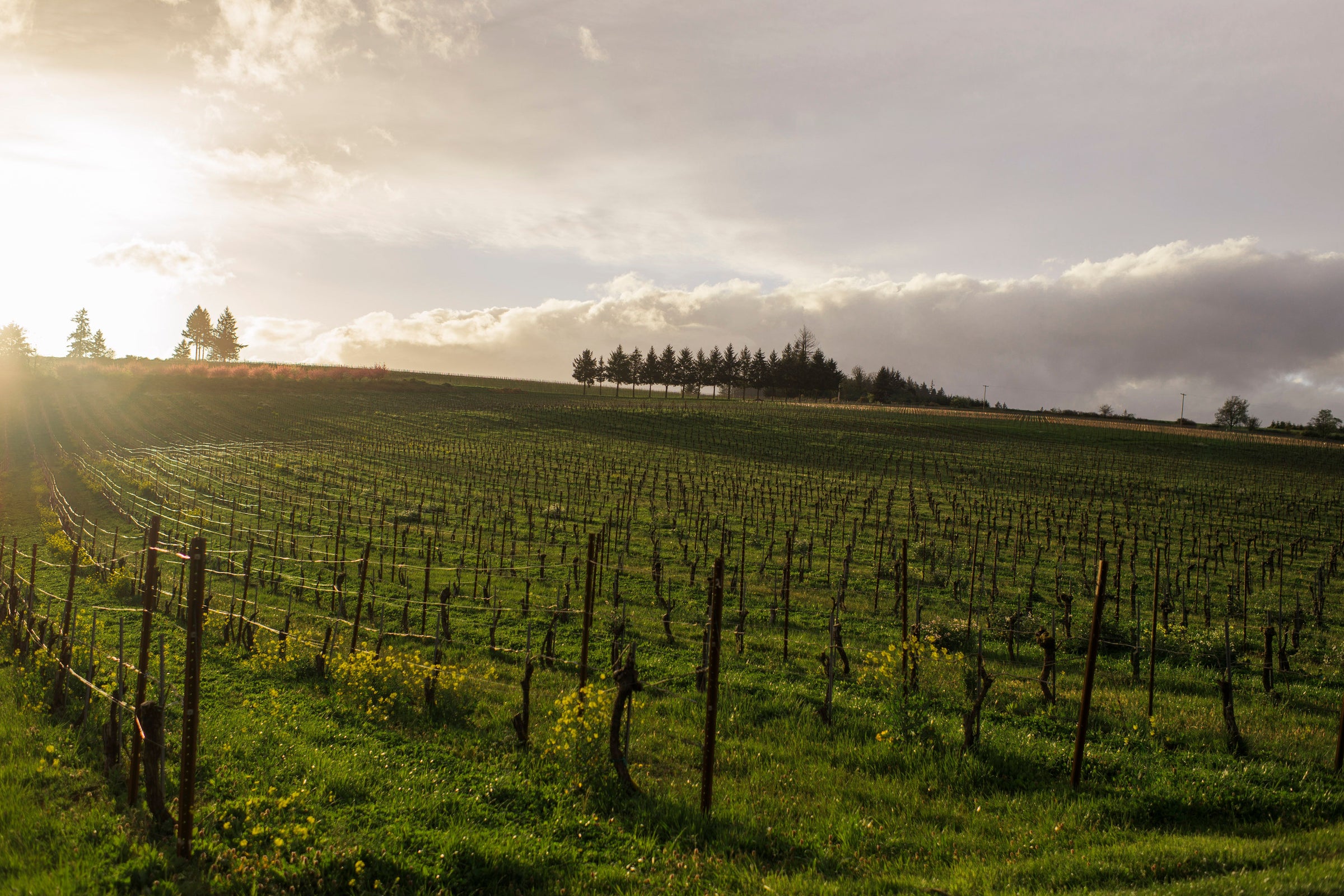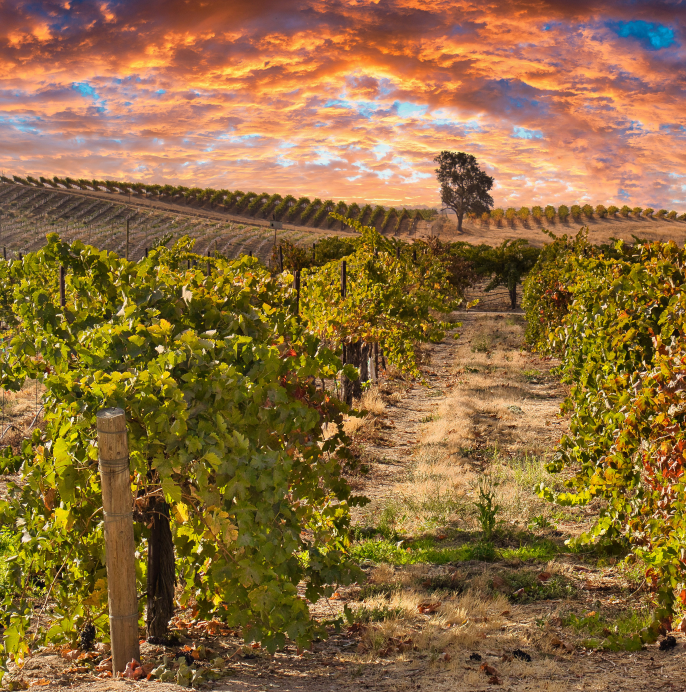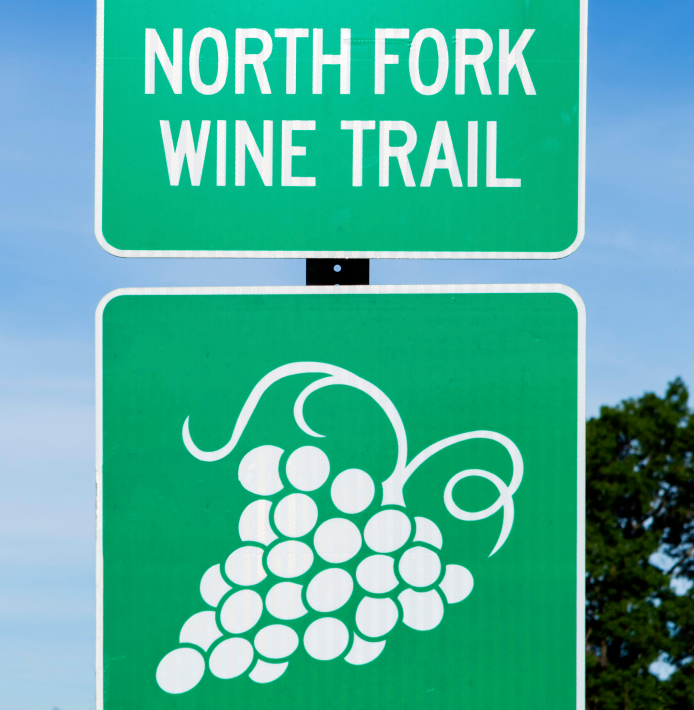Call me old-fashioned, but I trust a guy with a Pinot Noir clone named after him. And Joseph Swan wines have never failed to reward that trust. These are California Pinots of uncommon power and longevity, as today’s 2013 from their “Great Oak Vineyard” so vividly demonstrates, and yet they remain so humbly priced they don’t always get the recognition they deserve.
There are a lot of wine lovers out there who think they need to spend $100+ to get age-worthy California Pinot Noir to rival great Burgundy, but this wine proves otherwise—and emphatically so. That’s a testament to some true-blue “heirloom” vineyards and the considerable skill of Swan’s successor/son-in-law, Rod Berglund, who has run the show along with his wife, Lynn, since 1989. Like Joe Swan, Rod is a hands-on vintner who prefers to work at an artisanal scale, and it shows in the wines, which are of the greatest examples of domestic Pinot with a true Burgundian spirit (not just Burgundian technique). How do they manage such affordable prices? Longevity certainly plays a role—they’ve now had more than 50 harvests—and humility, too, but whatever the reason, get your hands on this ’13: It’s a perfect expression of Swan’s perfumed and robust style. It’s a necessary benchmark for any serious Pinot Noir lover.
At the heart of all things, Joseph Swan is the original 13-acre vineyard on Laguna Road outside Forestville, which, when Swan bought it in 1967, contained old Zinfandel vines. At one time, the property had been part of a small (and now defunct) town called Trenton, which Lynn and Rod Berglund later began referencing on labels—their flagship Pinot Noir is now labeled as the “Trenton Estate Vineyard” bottling. The Trenton estate vineyard is planted predominantly to Pinot Noir and now includes a variety of different Pinot Noir clones, including the now-famous “Swan Clone” that Joe Swan propagated back in the early ’70s, using the traditional French séléction massale method (using cuttings from the best-performing vines to propagate new plants). Most reports I’ve seen suggest that the “Swan” clone likely evolved from plant material originally supplied to Swan by Mount Eden Vineyards in Santa Cruz, another California Pinot pioneer.
Joe Swan really was a viticulturist first and a “winemaker” second, and he took frequent trips to Burgundy to talk vineyards with the great minds over there (he often traveled in the company of Bay Area importer/Francophile Kermit Lynch). And, like so many California vintners of that era, he came to wine from somewhere else: A former airline pilot, he started out as a hobby winemaker but quickly got more serious about his craft, enlisting the help of no less an eminence than André Tchelistcheff, who urged Swan to plant Pinot Noir (and Chardonnay) in the cool, foggy hills of the northwest Russian River Valley. Swan later encouraged Berglund, himself an enthusiastic amateur when the two men met, to become a winemaker—and now Berglund has as many vintages under his belt as his late mentor. The consistency and assurance of the Joseph Swan Vineyards lineup is no accident.
The Great Oak Vineyard, a 10-acre plot north of Forestville, is another prized plot planted mostly to Pinot Noir (90%) with some Syrah. It is a steep and rocky site with soils of the “Franciscan” series, mixing clay/loam with shale and sandstone. Interestingly, the slightly higher altitude in this case results in slightly higher temperatures than those in the “valley floor” sites, so it is typically the first of the Swan vineyards to be harvested. The hand-harvested grapes are picked and fermented in individual lots, with about 15%-20% of each lot left as whole clusters. Berglund carried out wild-yeast fermentations and aged the finished wine for 11 months in French Burgundy barrels before bottling.
And here’s another important note about today’s wine: It’s quite rare—only 336 cases were produced, so we feel lucky to be offering some. In the glass, this ’13 has the classic pale ruby/pomegranate-red hue that has become a Swan signature, effectively tricking you into thinking the wine is lighter than it actually is. The wine is silky smooth but also firm—its tannins as fine-grained as they come, with aromas of wild berries off the bush (strawberry, raspberry) along with pomegranate, damp violets, sandalwood, and underbrush. Full-bodied and impeccably balanced, it is firing on all cylinders now with about 15 minutes in a decanter before service. Will it continue to improve? Absolutely, but don’t deny yourself the pleasure right now: Serve it in Burgundy bowls at 60 degrees on one of those occasions when you want the ultimate in versatility: maybe you’ve got a little “surf and turf” going on the grill, or some just-caught salmon you’d rather enjoy with a red wine. This will get the job done in high style. It really should not be missed!


